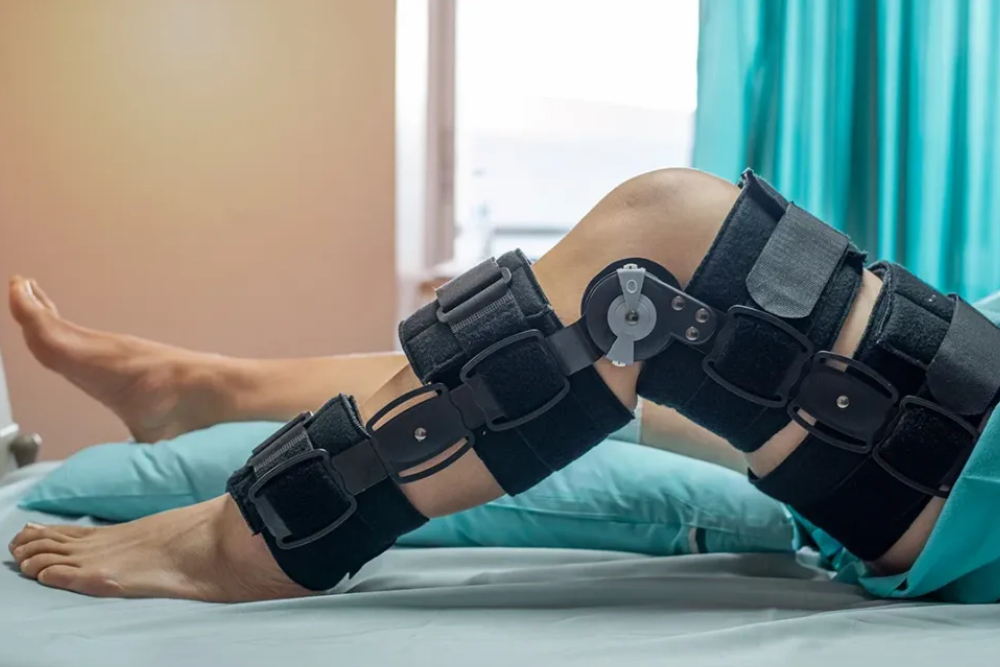Anterior Cruciate Ligament (ACL) Reconstruction
Anterior Cruciate Ligament (ACL) reconstruction is a surgical procedure performed to repair a torn or ruptured ACL, a vital ligament in the knee joint that provides stability and helps control movement. ACL injuries are common, especially among athletes and individuals engaged in sports or activities involving sudden changes in direction, pivoting, and jumping. ACL reconstruction aims to restore knee stability, improve joint function, and enable individuals to return to their desired level of activity. Here’s a comprehensive overview of ACL reconstruction, including its indications, procedure, recovery, and potential outcomes:

Indications for ACL Reconstruction:
ACL reconstruction is typically recommended for individuals who have experienced:
- A complete ACL tear.
- Persistent knee instability or giving way.
- A desire to return to sports or activities that require stable knee function.
Procedure:
ACL reconstruction involves several key steps:
- Anesthesia: General or regional anesthesia is administered to ensure patient comfort.
- Graft Selection: The surgeon may use autograft (patient’s own tissue) or allograft (donor tissue) as the graft material.
- Graft Placement: The graft is positioned in place of the torn ACL, and tunnels are created in the femur and tibia bones.
- Graft Fixation: The graft is secured within the bone tunnels using screws, sutures, or other fixation devices.
- Joint Examination: The surgeon assesses the knee joint’s stability and range of motion before closing the incisions.
- Closure: The incisions are closed with sutures or staples, and a sterile dressing is applied.
Recovery and Rehabilitation:
After ACL reconstruction surgery:
- Hospital stays vary based on individual factors, such as health and progress.
- A knee brace may be used initially to protect the graft.
- Physical therapy is initiated to promote healing, restore knee strength, and improve range of motion.
- Gradual resumption of weight-bearing and activities is guided by the surgeon and physical therapist.
Benefits of ACL Reconstruction:
ACL reconstruction offers several potential benefits:
- Restored Stability: Improved knee stability and control of joint movement.
- Reduced Pain: Relief from pain associated with ACL injury.
- Return to Activities: Ability to return to sports and activities with restored knee function.
- Preventing Further Damage: ACL reconstruction may help prevent additional damage to the knee joint.
Risks and Complications:
While ACL reconstruction is generally safe, it carries potential risks and complications, including infection, graft failure, blood clots, and issues related to the graft.
Long-Term Outlook:
The success of ACL reconstruction depends on factors such as the patient’s overall health, adherence to postoperative care and rehabilitation, and commitment to protecting the reconstructed knee. Many individuals successfully return to sports and activities with improved knee stability and function following successful ACL reconstruction.
Conclusion:
ACL reconstruction is a well-established surgical procedure that can significantly improve knee stability, function, and quality of life for individuals with a torn ACL. If you’ve experienced an ACL tear or have symptoms of knee instability, consulting with an orthopedic specialist can help determine whether ACL reconstruction is a suitable option to restore knee health, alleviate instability, and enhance your ability to engage in physical activities with confidence.














